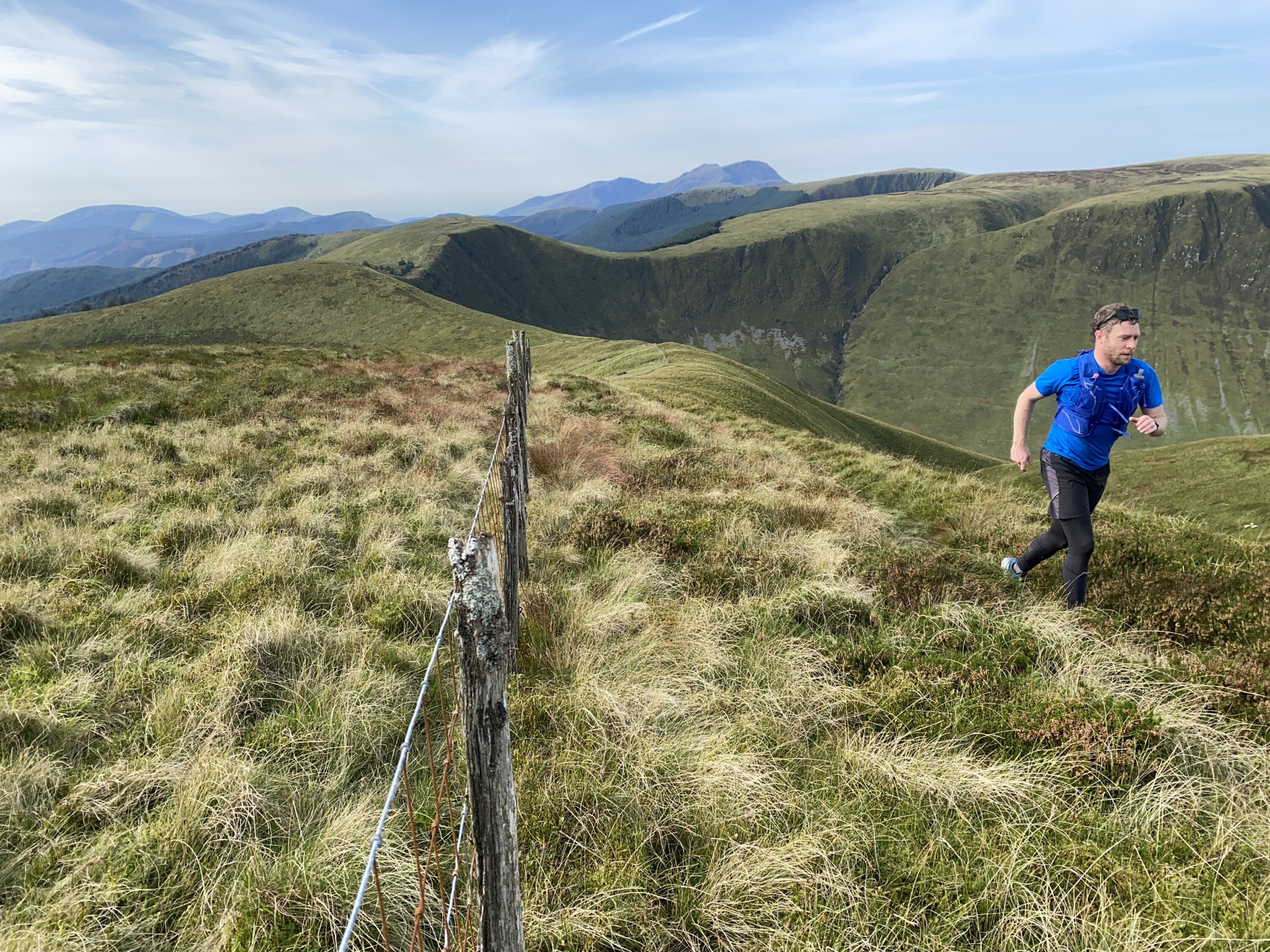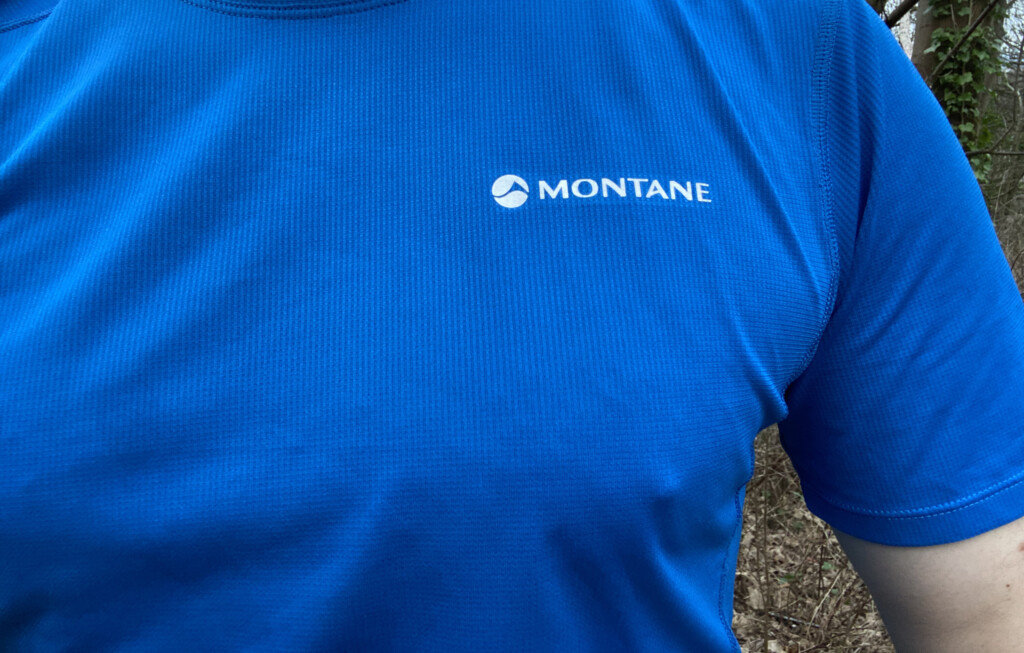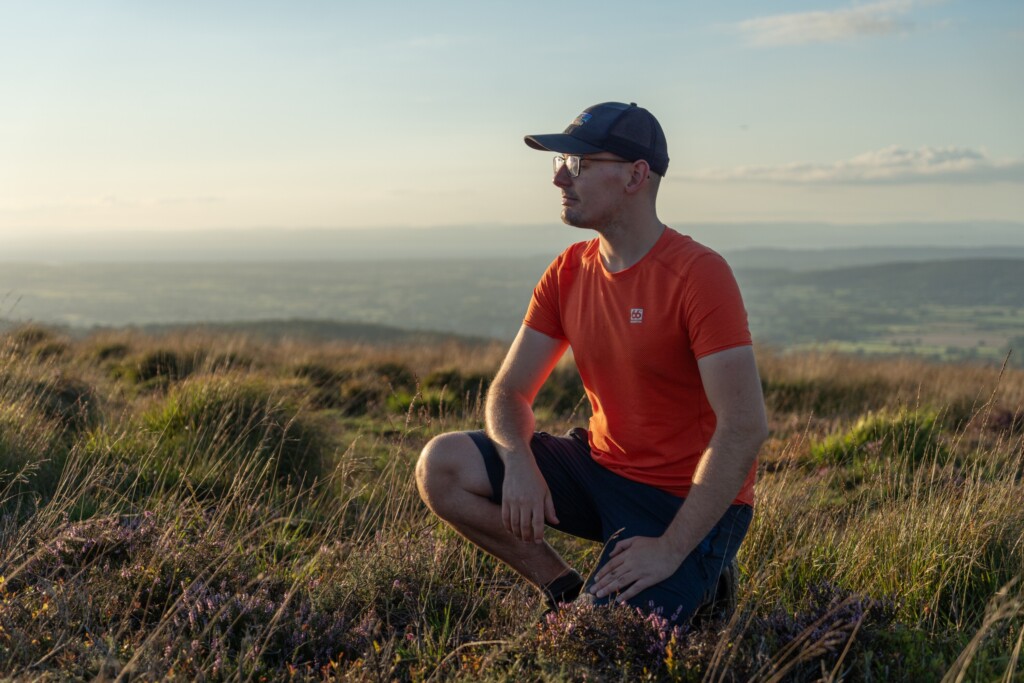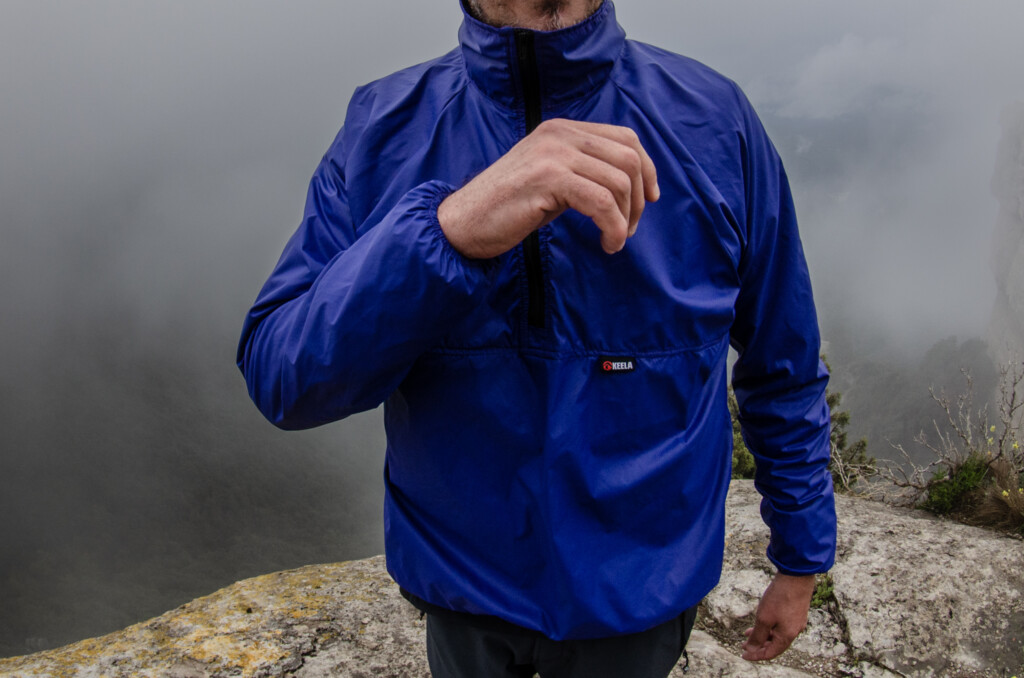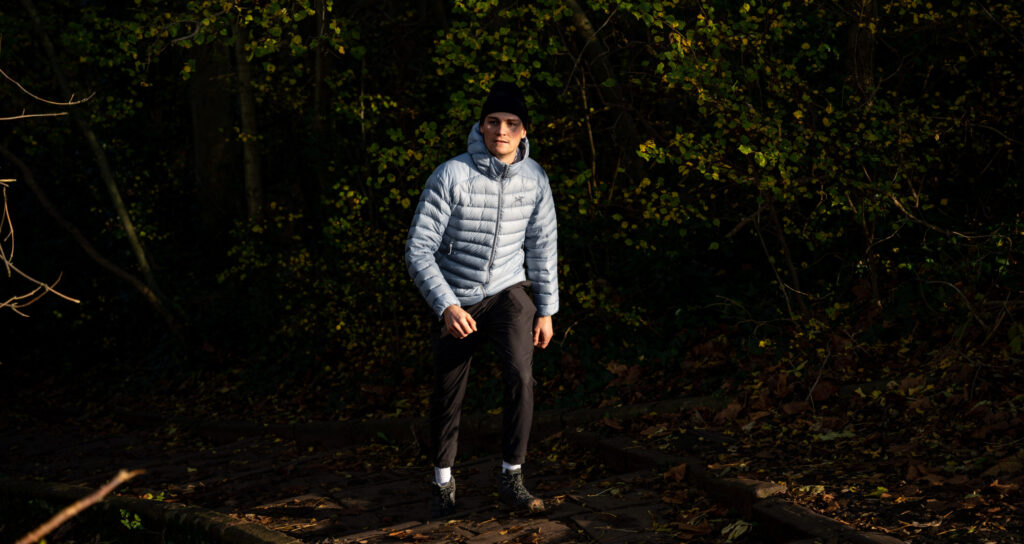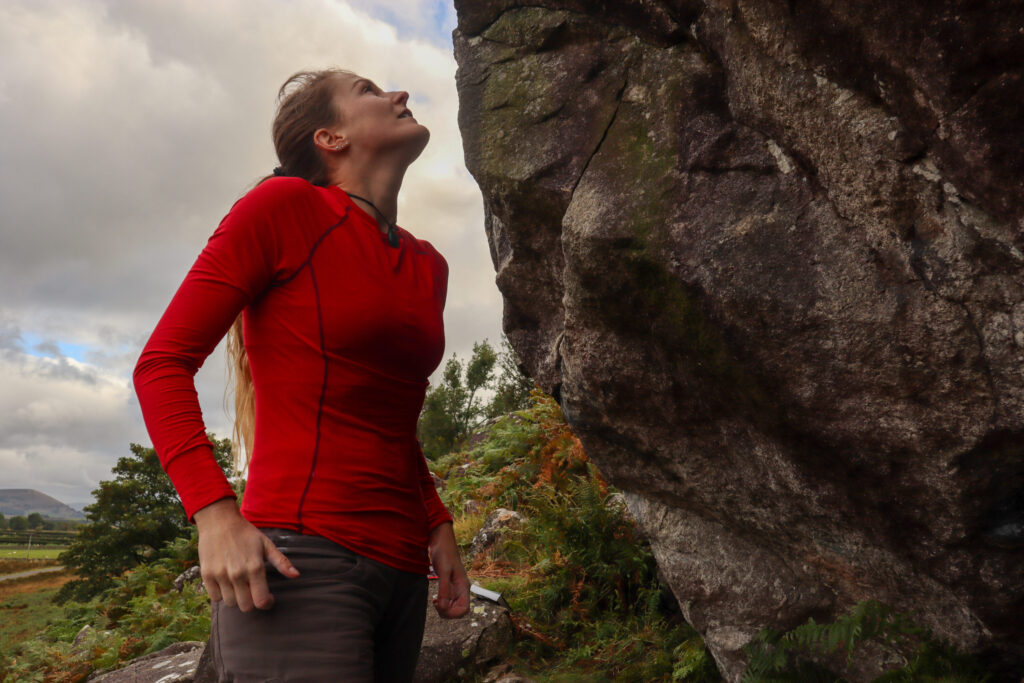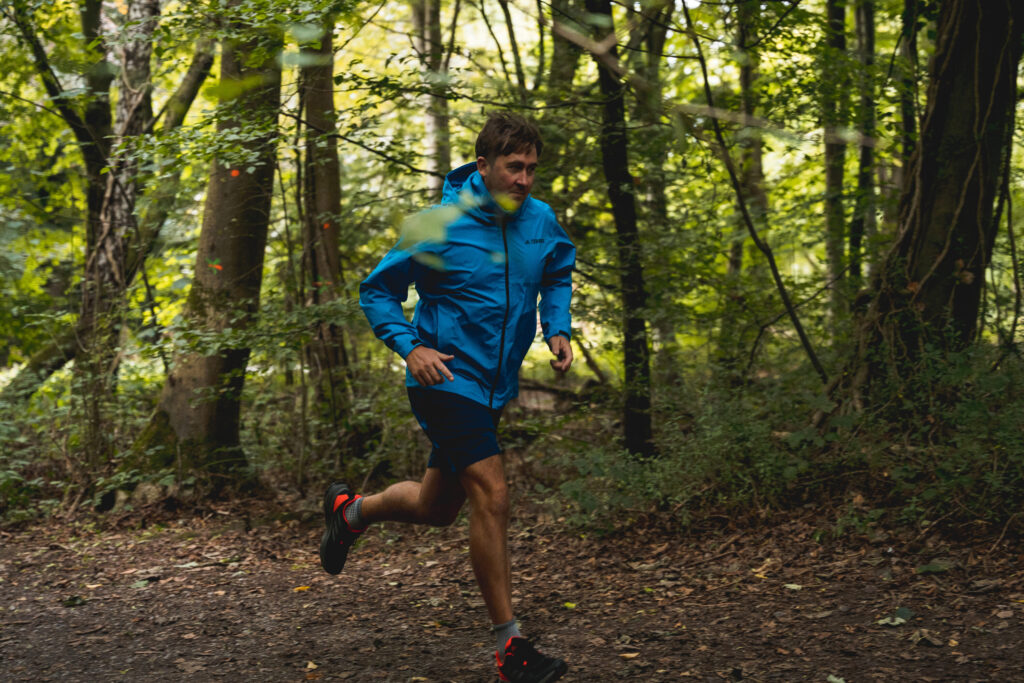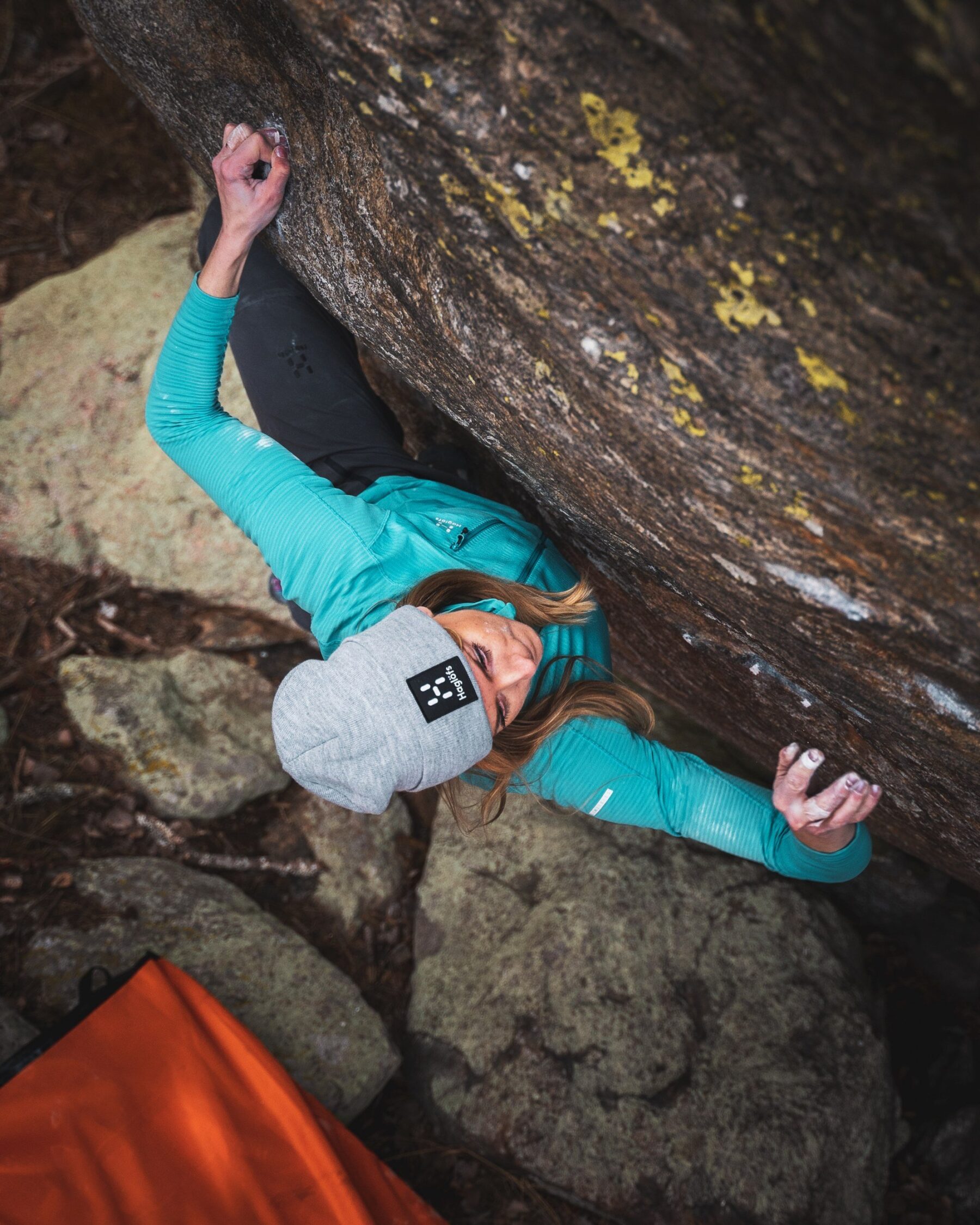Don’t miss a single adventure
Sign up to our free newsletter and get a weekly BASE hit to your inbox
Other posts by this author
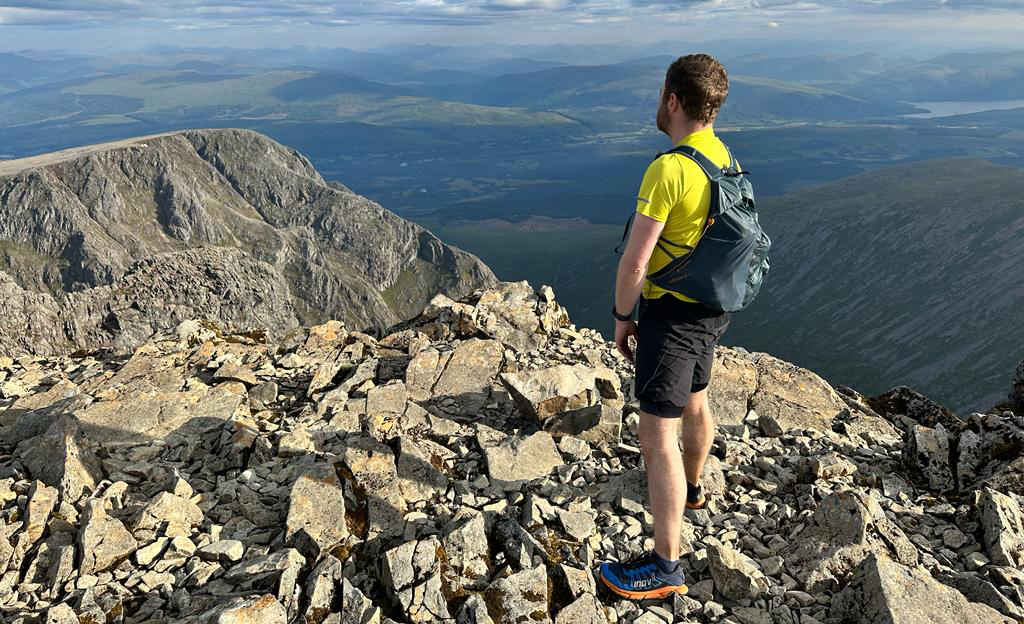
Review • Alex Foxfield • Nov 09, 2023
Review: Montane Trailblazer LT 20L Backpack
A thoughtfully designed pack with versatile storage options and a barely there feel that’s perfect for speed hiking
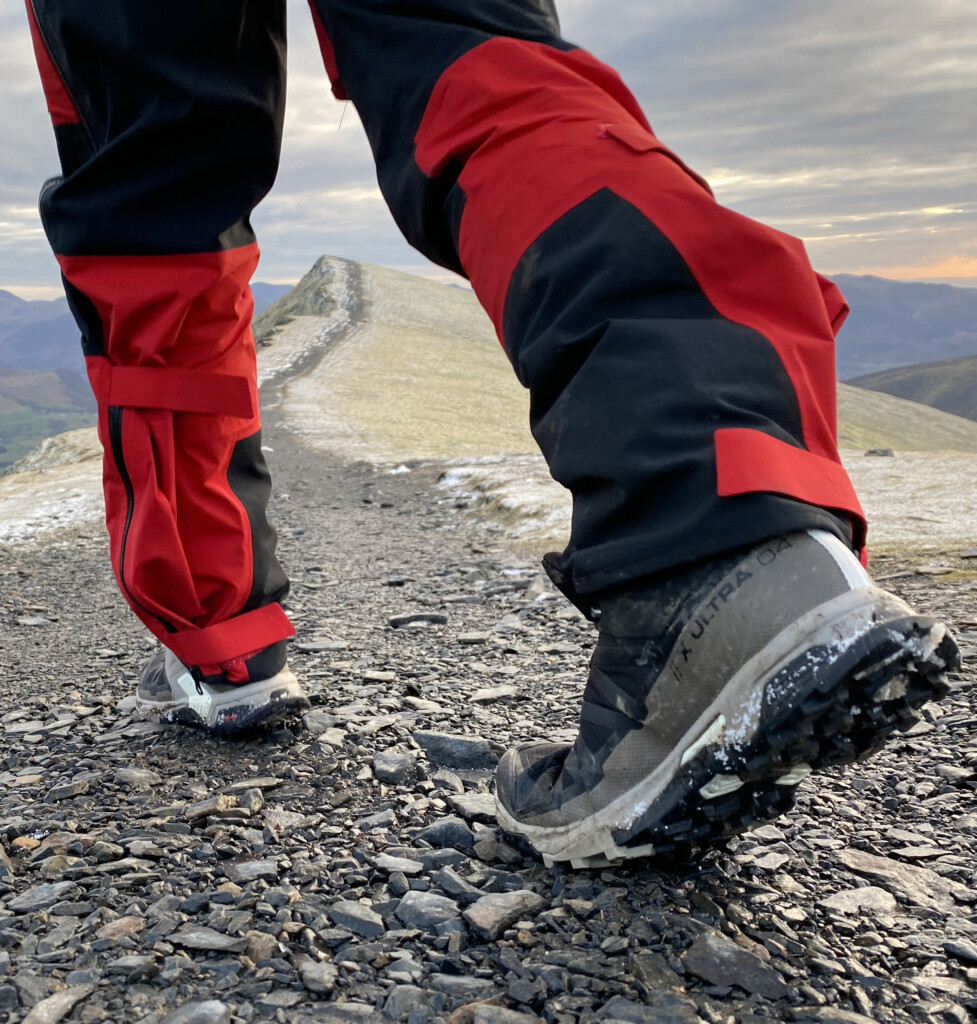
Review • Alex Foxfield • Jul 05, 2023
Review: Salomon X Ultra 4 GTX review
A capable, understated and speedy, lightweight hiking shoe
You might also like
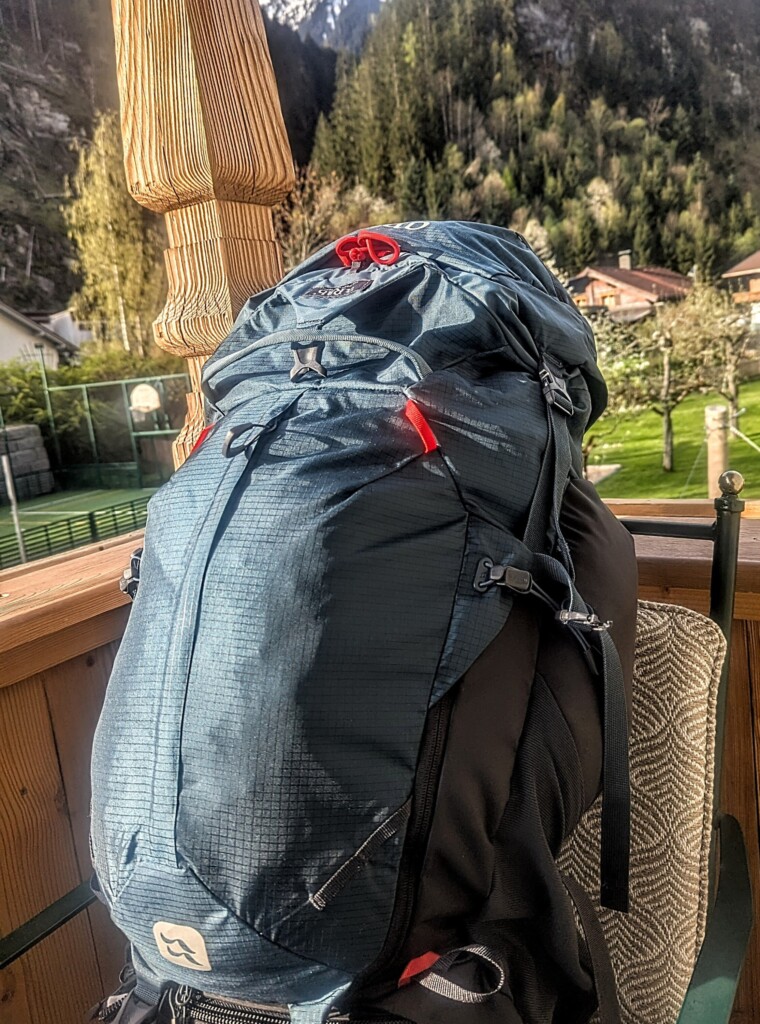
Review • Matthew Pink • May 09, 2025
Review: Rab Hyperon 65L Trekking Pack
A load-hauling backpack engineered for self-supported expeditions and long-distance treks.
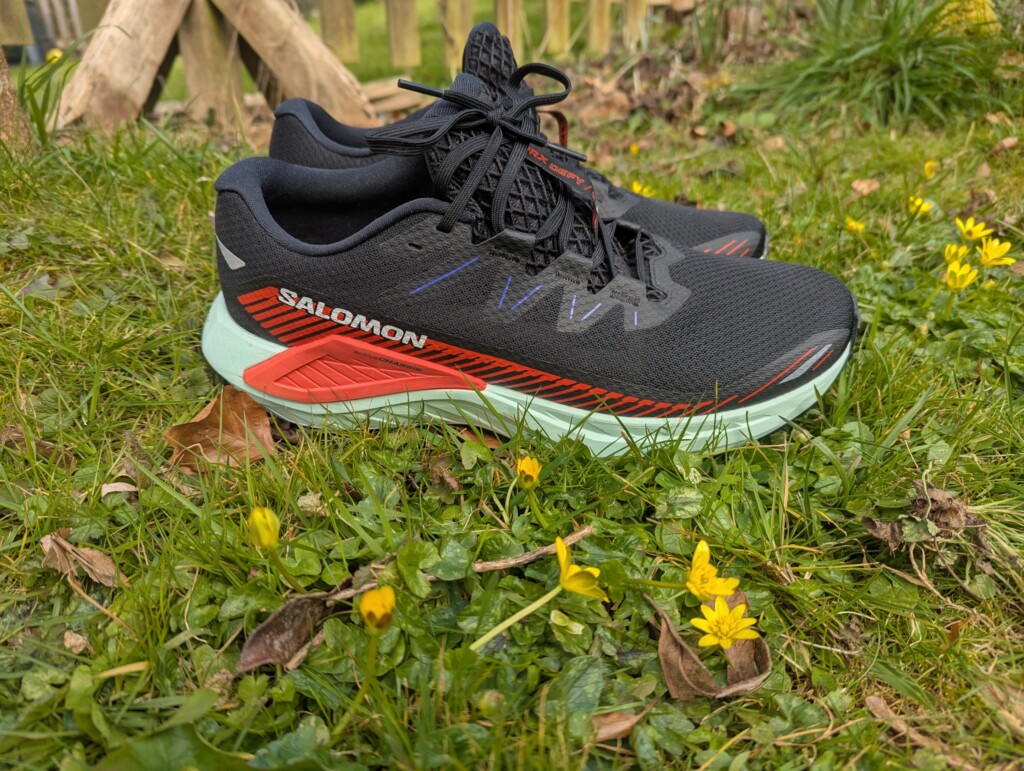
Review • Matthew Pink • Mar 14, 2025
Review: Salomon DRX Defy GRVL running shoe
The Salomon DRX Defy GRVL blurs the line between road and trail, it’s designed to handle the wild without making you feel like you've strapped bricks to your feet.
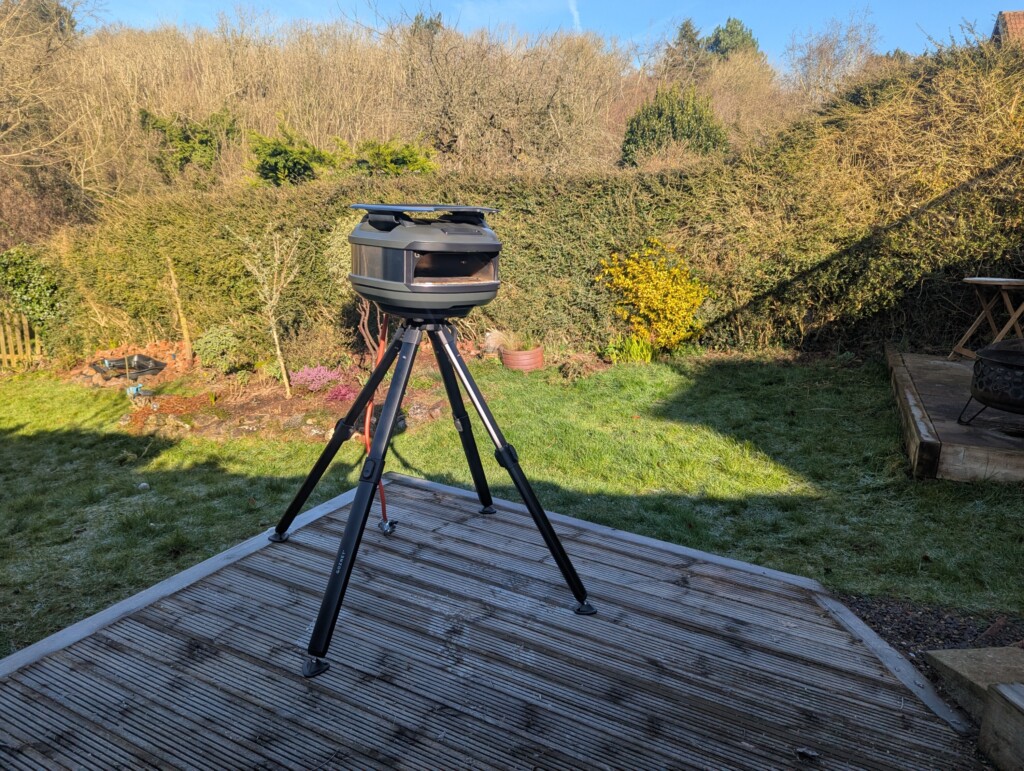
Review • Matthew Pink • Mar 14, 2025
Review: Gozney Tread portable pizza oven
A gas-fired pizza oven for fine food on the road or in the wild.

